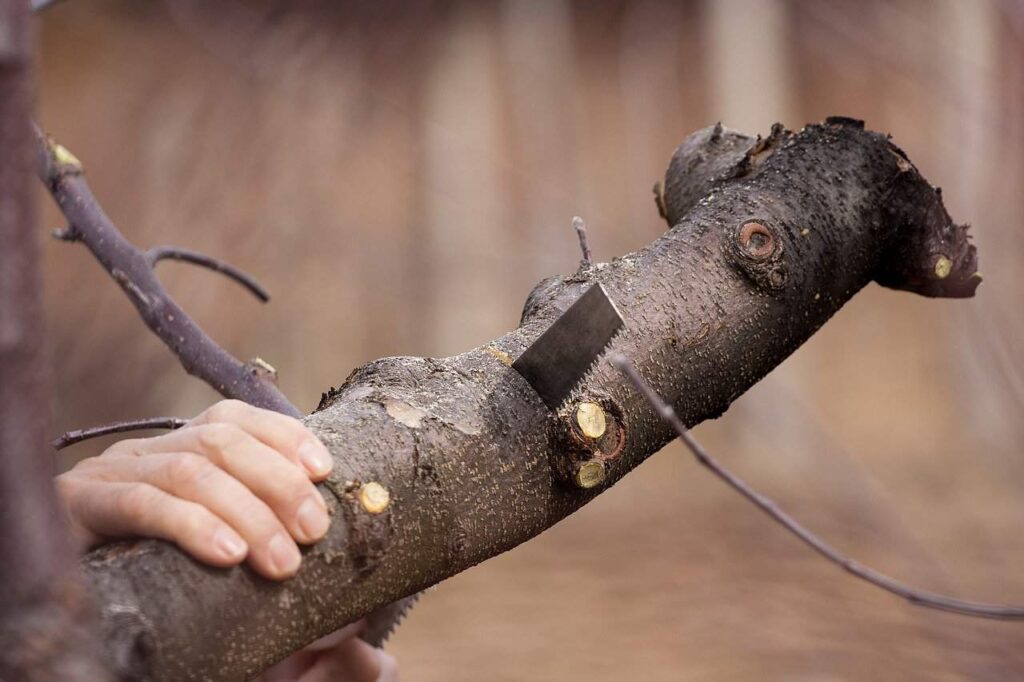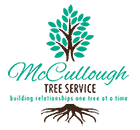By: Shelby McCullough| Published: July 1, 2024
Florida is renowned for its diverse and lush landscape, home to many tree species. However, not all trees can be freely removed or altered. Protected trees in Florida play a crucial role in maintaining the ecological balance, providing habitats for wildlife, and enhancing the aesthetic appeal of the region. This guide explores the significance of protected trees, the regulations surrounding them, and how you can contribute to preserving these natural treasures.

Why Are Trees Protected?
Protected trees are designated for preservation due to their environmental, historical, or cultural significance. These trees often provide essential services such as improving air quality, stabilizing soil, and supporting biodiversity. In Florida, several regulations ensure that these trees are maintained and protected from unnecessary removal or damage.
Types of Protected Trees in Florida
- Live Oak (Quercus virginiana)
- Known for its sprawling branches and majestic presence, the live oak is a cornerstone of Florida’s natural heritage.
- Live oaks are protected due to their long lifespan and ecological benefits.
- Bald Cypress (Taxodium distichum)
- These trees are commonly found in wetlands and play a vital role in water management and habitat provision.
- Bald cypress trees are often protected to preserve the unique ecosystems they support.
- Southern Magnolia (Magnolia grandiflora)
- With its large, fragrant flowers and evergreen leaves, the Southern Magnolia is both a cultural symbol and an ecological asset.
- These trees are protected for their beauty and contribution to the environment.

Regulations and Permits
To manage and protect Florida’s trees, specific regulations have been put in place. These laws vary by county and city but generally include the following provisions:
Tree Removal Permits
- When Required: Permits are often required for removing or significantly altering protected trees.
- Application Process: Homeowners must submit an application detailing the tree’s condition, reasons for removal, and any plans for replacement.
- Approval Criteria: Authorities consider factors such as the tree’s health, its impact on the environment, and whether it poses a safety hazard.
Penalties for Unauthorized Removal
- Removing protected trees without the necessary permits can result in fines and mandatory replanting.
- Repeat offenders may face increased penalties and additional legal consequences.
How to Identify Protected Trees
Understanding which trees are protected can help you comply with regulations and contribute to conservation efforts.

Characteristics of Protected Trees
- Size and Age:
- Many protected trees are identified by their size and age. For instance, a live oak over a certain diameter at breast height (DBH) is often protected.
- Species-Specific Traits:
- Recognize specific traits such as the unique bark of the bald cypress or the large, glossy leaves of the Southern Magnolia.
- Location:
- Trees located in designated conservation areas or historical sites are typically protected.
Caring for Protected Trees
Proper care ensures the longevity and health of protected trees. Here are some essential tips:
Regular Maintenance
- Pruning: Conduct regular pruning to remove dead or diseased branches, improve structure, and enhance tree health.
- Watering: Ensure adequate watering, especially during dry spells, to maintain the tree’s vitality.
Disease and Pest Management
- Monitor for signs of disease and pests such as discolored leaves, unusual growths, or insect activity.
- Consult with a certified arborist for treatment options and preventive measures.
Benefits of Preserving Protected Trees
- Environmental Impact:
- Protected trees improve air quality by absorbing pollutants and producing oxygen.
- They stabilize soil, reducing erosion and water runoff.
- Biodiversity:
- These trees provide habitats for various wildlife species, contributing to biodiversity.
- They support other plant species by creating a favorable microenvironment.
- Aesthetic and Cultural Value:
- Protected trees enhance the visual appeal of landscapes.
- They hold cultural and historical significance, often being landmarks in their communities.
Interactive FAQ Section
What are protected trees?
Protected trees are specific species or individual trees designated by local or state regulations for conservation due to their environmental, historical, or cultural importance.
How can I find out if a tree on my property is protected?
Contact your local city or county planning department or a certified arborist to determine if a tree on your property is protected under local regulations.
What should I do if I need to remove a protected tree?
You must apply for a tree removal permit from your local authorities, providing detailed reasons and plans for any replacement planting.
Are there alternatives to removing a protected tree?
Yes, alternatives include pruning, cabling, and disease management. Consulting with a certified arborist can help determine the best course of action.
What are the penalties for illegally removing a protected tree?
Penalties can include fines, mandatory replanting, and legal action. The severity depends on local regulations and the extent of the violation.
Conclusion
Preserving protected trees in Florida is not only a legal responsibility but also a vital part of maintaining the state’s natural beauty and ecological balance. By understanding the regulations and contributing to tree conservation efforts, we can ensure that these majestic trees continue to thrive for future generations. Always consult with professionals and adhere to local guidelines to protect and cherish Florida’s protected trees.

